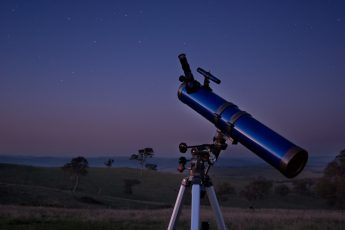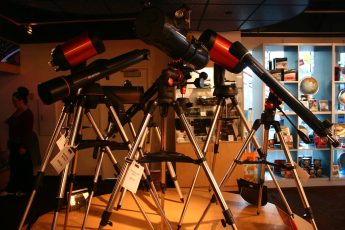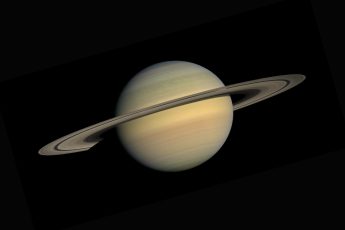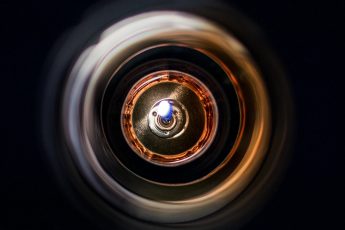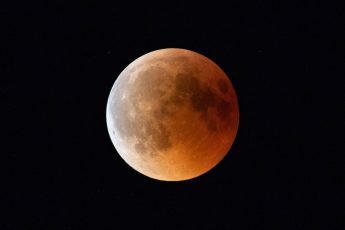The Andromeda Galaxy is one of the most famous galaxies in the universe. It’s easy to find because it has a prominent spiral arm that makes it look like an enormous pinwheel. The Andromeda Galaxy is part of our own Milky Way Galaxy, which means that both are part of a group called the Local Group. This guide will show you how to use your telescope to see all the different parts of this fantastic galaxy!
Find points of light.
Now that you know what a galaxy is let’s look at how to see it with your telescope. A galaxy is a collection of stars that are spread out over a large area of space. Some of these stars are brighter than others. If we were looking at our own Milky Way Galaxy through a telescope, we would see hundreds or thousands of points of light arranged in various shapes—a central bulge surrounded by spiral arms that extend outward from the center in every direction (see diagram).
Galaxies form when gas and dust come together to form stars. As these stars age, they eject matter into space. The larger the galaxy, the more material it has to create new stars.
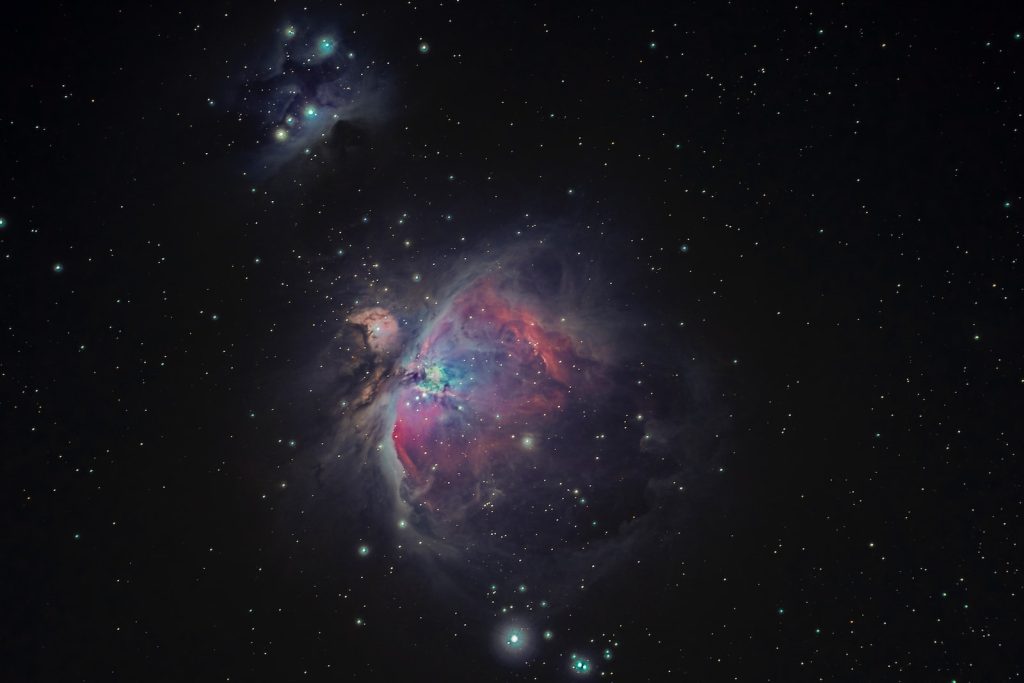
Find the other galaxies.
You can see the other galaxies close to us, but you may have to use a telescope. These galaxies are made up of billions of stars and are very far away from us—so far away that we can only see them as points of light with our eyes. But with a large telescope, you can sometimes see the spiral arms!
Galaxies are made up of billions of stars. They’re far from us—so far away that we can only see them as points of light with our eyes.
Find the spiral arms.
The spiral arms are where the galaxy’s most exciting stuff is happening. The arms are where new stars are being born, and they’re where gas is being pulled toward the center of the galaxy. If we want to see where everything interesting happens in our Milky Way, we must find those arms!
Identifying these arms is easy if you know what you’re looking for in star clusters. The most giant clusters contain millions of stars packed together like sardines in a can! They’re usually found right at the center of their respective spiral arm because a lot of gravitational pull keeps them there.
Find the smaller galaxy within the larger one.
Now that you’ve found the two galaxies, find the smaller one within, the larger one. You’ll see that it’s very fuzzy-looking. That’s because it’s farther away from us than the more giant galaxy. Even though they’re both in our sky, they’re not necessarily side-by-side; millions of light-years could separate them.
You’ll also notice that the smaller galaxy appears to be irregular; it’s not perfectly round like the larger one. This is because we’re viewing it from a different angle than the larger galaxy, which means we can see more of its irregular shape than just a circular blob.
Find that comets have tails.
Comets are icy objects that orbit the sun, and they have tails due to the solar wind. The tail is made of dust and gas released by the comet as it approaches its perihelion (the point at which it revolves closest to the sun). As you gaze at a comet’s tail, know that you’re seeing particles from deep space entering our atmosphere and reflecting sunlight back into your eyes.
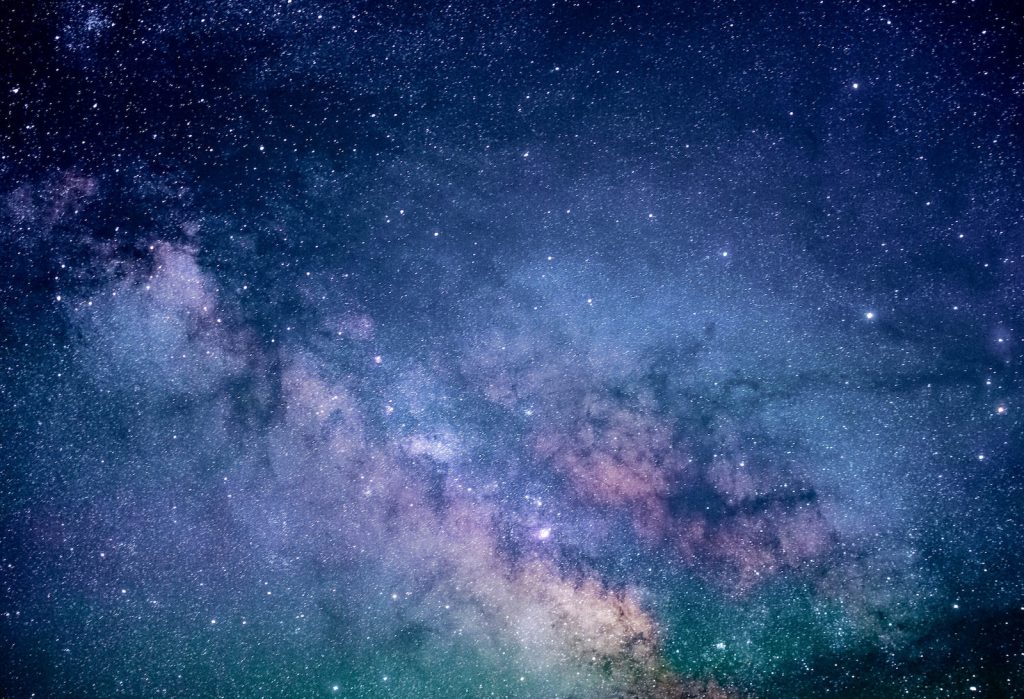
A much less exciting phenomenon to observe is an asteroid. An asteroid is a small rocky body orbiting our planet—it can be as big as 50 kilometers (31 miles) across or only about 1 kilometer (0.6 miles) wide! It may also be found in orbits around other planets besides Earth. Asteroids often have very irregular shapes, including those with multiple lobes or craters on their surface.
With a telescope, you can see much more detail in distant galaxies.
With a telescope, you can see much more detail in distant galaxies. You can see the spiral arms of our own Milky Way galaxy and the smaller elliptical galaxies within it. A telescope will also show you that comets have tails!
When you look at a nebula through a telescope, you can see they are huge. Some nebulae are as prominent as our entire solar system!
Conclusion
There are so many things in the sky that we can see with our eyes, but there is an entire universe out there that we cannot see without a telescope. The beauty of galaxies comes from their size and shape, which make them both easy to find and hard to see.
Despite their large size, galaxies do not shine very brightly compared to stars like our sun because they contain mostly hydrogen gas that has been ionized by ultraviolet radiation from nearby stars.

